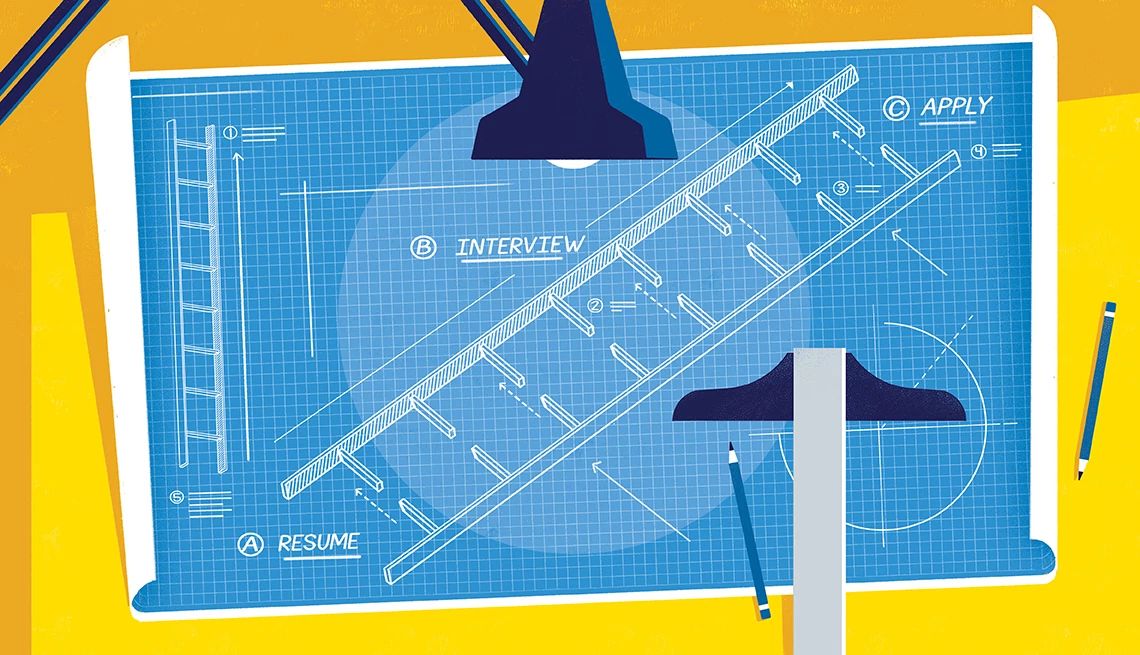AARP Hearing Center
Working to Create More Housing Options in Wisconsin
The traditional single-family home has long symbolized the American dream. But in La Crosse, City Council member Jennifer Trost and other leaders are rethinking that idea.
While such homes have dominated land use for 100 years, that “might not be what we need anymore,” Trost says.
In 2024, she helped champion passage of an ordinance that allows the construction of accessory dwelling units in La Crosse. ADUs are small residences, such as backyard cottages or above-garage apartments, on existing single-family home lots. Proponents say making it easier to build ADUs is one way to boost access to affordable housing in a state where the median home sale price has increased by roughly 35 percent over the past five years.
AARP Wisconsin is working with leaders in cities across the state to address affordable housing challenges—including joining other advocates to host a Housing Week event in Madison, working with city leaders to study housing options in Appleton, and leading walking tours in Milwaukee.
In La Crosse, officials used an AARP model ordinance for ADUs as a template to craft their own. It was a small but vital step that allows new housing options without disrupting a neighborhood’s character, says Trost, who adds that there are limited ways for city leaders to affect the housing market.
“We can’t control interest rates. We can’t control supplies,” she says. “But we do control the regulatory environment that these houses are coming into.”
Housing crunch
Wisconsin’s housing woes are being driven by multiple factors, says Kurt Paulsen, a professor of urban planning at the University of Wisconsin–Madison.
New home construction plummeted during the Great Recession and hasn’t fully rebounded, with annual building permits for new single-family homes in Wisconsin and nationally still below pre-2008 levels, Paulsen notes. Meanwhile, high interest rates in recent years have led many homeowners who bought or refinanced when rates were low to stay put, further reducing inventory and driving up prices, he says.
Housing in the state isn’t just more expensive, it’s demographically mismatched, says Darrin Wasniewski, AARP Wisconsin’s senior associate state director for community outreach. Many three- and four-bedroom homes are owned by one- or two-person households, Wasniewski says.
The state needs more housing options, such as duplexes and townhomes, not just more single-family homes, he says.
AARP is working on housing issues with leaders in multiple cities including:
- In Appleton, AARP is teaming up with city officials to study and remove barriers to varied housing options. The goal is to identify what a typical lot looks like and then draw up plans for different types of housing that could work there, Wasniewski notes.
- In Madison, which updated its zoning code in 2024 to allow ADUs on more lots, AARP teamed up with advocates last summer for Housing Week. Events focused on housing problems and solutions, including a walking tour to view different housing types.
- In Milwaukee, AARP Wisconsin has also led walking tours. The city is working on a proposal to update its housing policy plan and zoning code to increase housing choices, including by making it easier to build townhomes and ADUs.
A common concern when zoning codes are updated is that charming older homes will be torn down and a large, modern apartment building will go up in its place, but that doesn’t have to be the case, says Amber Miller, AARP Wisconsin senior associate state director of community outreach. The idea behind the walking tours is to show people that charm and character can co-exist with diverse housing options, Miller says.
She adds that it’s also important to help older residents remain in their homes and communities as they age. AARP’s HomeFit Guide offers tips on making modifications that can help people navigate their homes safely. Learn more at aarp.org/homefit. ■
Stacey Shepard, a California-based journalist, writes about health care, the environment and other issues.
_______________________________
Get Help With Winter Utility Bills
If winter utility bills are piling up, you are not alone—tens of thousands of Wisconsin residents seek financial help with their energy costs each year.
From Nov. 1 to April 15, Wisconsin law prohibits utility companies from disconnecting heating services, but residents must set up payment arrangements before the moratorium ends to avoid disconnection.
If you or someone you know is struggling to pay, the Public Service Commission of Wisconsin suggests contacting the utility to inquire about payment agreement and budget-billing options.
For financial help, the Wisconsin Home Energy Assistance Program can assist with heating and electric bills. Furnace repair and weatherization assistance, such as adding insulation, is available for those eligible. Visit energybenefit.wi.gov or call 800-506-5596.
More financial help may be available depending on county of residence, income and other eligibility criteria. Go to energyandhousing.wi.gov and select your county.
You can also contact 211 Wisconsin, a free, confidential service that connects people to resources for essential needs, including utilities. Do so by dialing 211 from your phone; texting your ZIP code to 898211; downloading the 211 Wisconsin app to your mobile phone; or visiting 211wisconsin.communityos.org.
Also of Interest:
- Co-Sign a Mortgage For Your Kid? 5 Reasons to Think Twice Before You Do
- The Future of Aging in Place... Is Moving?
- Smart Guide to Aging in Place

































































